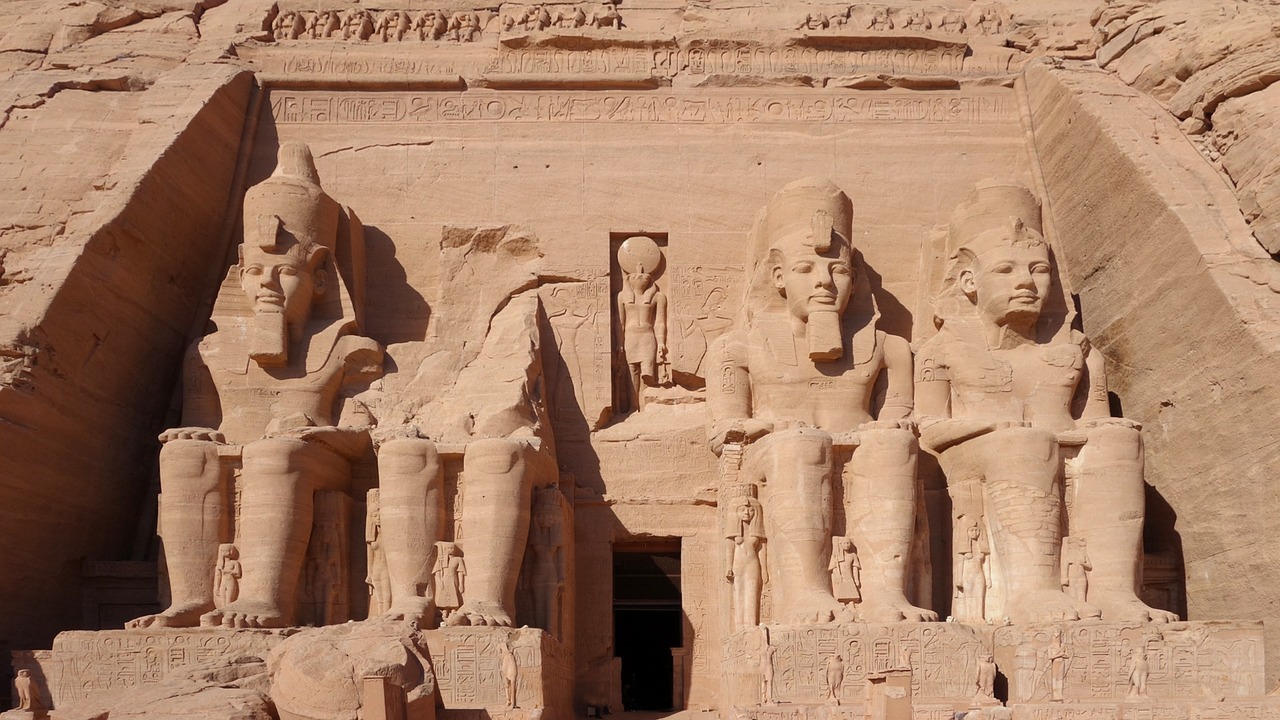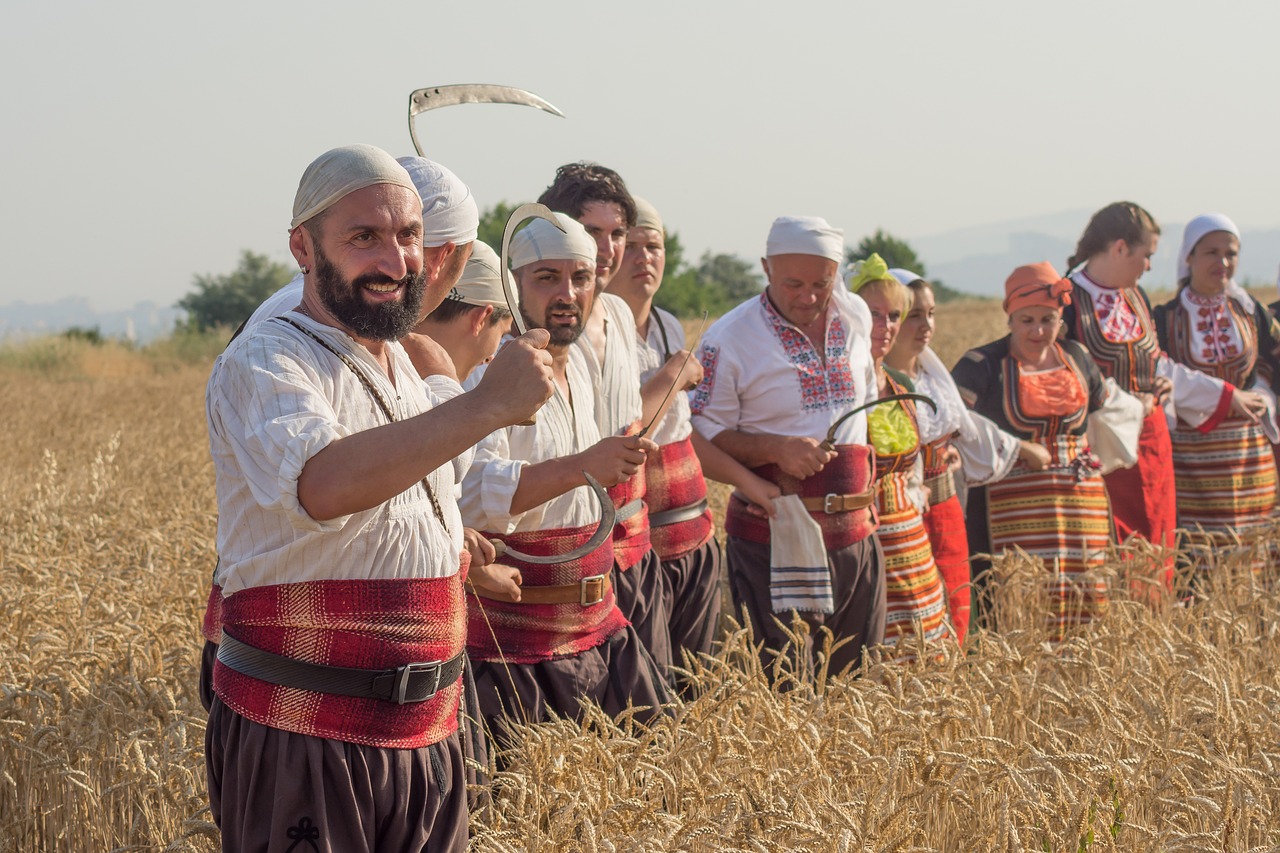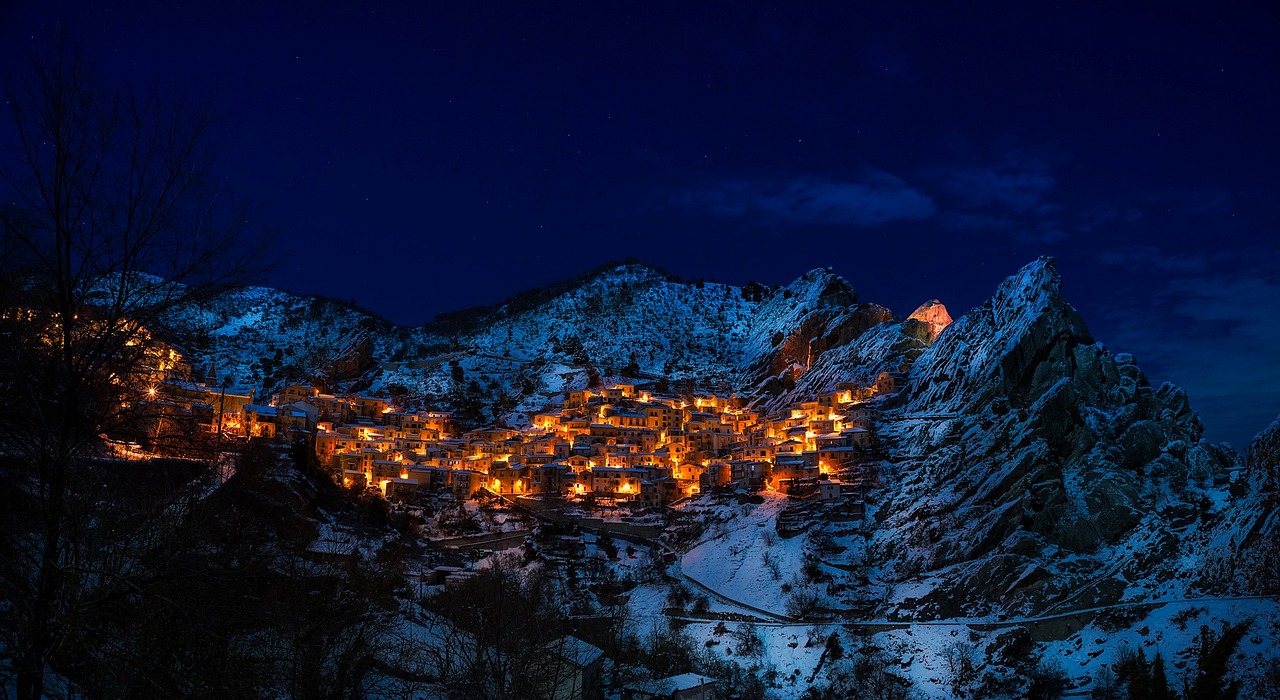Perperikon: Ancient Rock City in East Rhodope Mountains
Nestled within the picturesque East Rhodope Mountains, Perperikon stands as a captivating testament to the ingenuity and resilience of ancient civilizations. This remarkable archaeological complex, perched on a clifftop at a staggering height of 470 meters, unveils a rich tapestry of history and significance.
As an allusion to a bygone era, Perperikon beckons the adventurous souls in search of freedom and a profound connection with the past.
Dating back to the 5th century BC, Perperikon is hailed as one of the oldest monumental megalithic structures entirely carved into the rocks. Its awe-inspiring features include an oval hall with a circular altar, a temple dedicated to Dionysius, and imposing fortified walls and palaces.
Throughout its existence, Perperikon served as a royal residence, bore witness to Roman influence, and thrived as an Episcopal center. Tragically, it met its demise in the 14th century, when it fell victim to the ravages of the Ottoman Turks.
Today, Perperikon stands as a captivating destination for curious travelers and history enthusiasts. Guided tours offer the opportunity to explore the complex, unravel its archaeological wonders, and gain a deeper understanding of its multi-religious significance.
Join us on a journey through time, as we delve into the fascinating past of Perperikon and embrace the freedom it offers to our curious minds.
Key Takeaways
- Perperikon is a medieval archaeological complex located in the East Rhodope Mountain, 20 km northeast of Kardzhali.
- It is a rock city standing on a clifftop at a height of 470 meters.
- Perperikon is entirely carved into the rocks and is one of the most ancient monumental megalithic structures.
- Perperikon has a rich history, serving as a religious center, a royal residence, and a regional center, and it has been fought over by various civilizations throughout the centuries.
History and Significance
The historical significance of Perperikon lies in its evolution from a sacred site associated with the beliefs of the Copper Age people to a thriving town with fortified walls and palaces, serving as a royal residence for the Thracian tribe Bessie and later as an Episcopal center after the acceptance of Christianity in the Rhodope mountain.
The historical timeline of Perperikon spans from the 5th century BC, when religious activity began, to its destruction by the Goths in 378 AD. During this time, Perperikon experienced various cultural influences, including the luxury and refinement brought by the Romans, as well as conflicts between Bulgarians and Byzantines.
In the 14th century, the Ottoman Turks conquered and destroyed Perperikon. Today, Perperikon stands as a testament to its rich historical past, attracting tourists with its archaeological, historical, environmental, and multi-religious significance.
Archaeological Discoveries
Immersed in layers of history, the archaeological excavations at this captivating site unveil a treasure trove of ancient relics and insights into past civilizations.
Perperikon, with its cultural significance, has provided valuable information about the beliefs and practices of the Copper Age people, as well as the religious activities during the Bronze Age. The temple of Dionysius, known for its prophecies, and the oval hall with its circular altar are key discoveries that shed light on the sacred rituals of ancient times.
Excavation techniques have allowed archaeologists to uncover the remains of fortified walls, palaces, and other structures that indicate Perperikon’s transformation into a town during the Roman era.
The site’s significance in the development of Christianity in the Rhodope mountain is also evident through the establishment of an Episcopal center.
These archaeological discoveries provide a rich understanding of the historical and cultural heritage of Perperikon.
Visiting Perperikon
Located 20 km northeast of Kardzhali, the medieval archaeological complex of Perperikon offers visitors a remarkable opportunity to explore the rich historical and cultural heritage of this ancient site.
Perperikon provides a unique visitor experience, allowing individuals to immerse themselves in the remnants of an ancient civilization. The complex showcases the cultural heritage of various ages, from the beliefs of the Copper Age people to the Roman influence and the Christian Episcopal center.
The rock city, situated on a clifftop at a height of 470 meters, is entirely carved into the rocks, making it one of the most ancient monumental megalithic structures. Visitors can witness the oval hall with its circular altar, the temple of Dionysius, and the remnants of fortified walls and palaces.
This archaeological site presents an invaluable opportunity to witness and appreciate the historical and cultural significance of Perperikon.
Frequently Asked Questions
What is the significance of the oval hall with a circular altar in Perperikon?
The oval hall with a circular altar in Perperikon holds significant religious and cultural importance. The circular altar was likely used for sacred rituals, and it is believed to have been associated with the religious beliefs of the Copper Age people.
Who were the Thracian tribe Bessie and why is Perperikon believed to have been a royal residence for them?
The Thracian tribe Bessie, influenced by the Thraco-Phrygian culture, is believed to have made Perperikon their royal residence based on archaeological excavations. This is supported by the presence of fortified walls and palaces in the town.
How did the Romans contribute to the development of Perperikon?
The Romans made significant contributions to the development of Perperikon through their influence and architectural advancements. They brought luxury and refinement to the city, enhancing its status as a regional center and leaving a lasting impact on its cultural and architectural heritage.
What were the major events that led to the destruction of Perperikon?
Major destruction events at Perperikon include its destruction by the Goths in 378 AD and the Ottoman Turks in the 14th century. The oval hall held significance for sacred rituals, and Perperikon was possibly a royal residence for the Bessi tribe. The Romans brought luxury and refinement to Perperikon before its destruction. Other attractions near Perperikon include the Monument of the Virgin Mary, the Church of the Assumption of the Virgin, the Monyak Fortress, and the Monastery Complex of St. Yoan Predtecha.
Are there any other notable attractions near Perperikon besides the ones mentioned in the article?
Hidden gems near Perperikon include the Monyak Fortress and the Monastery Complex of St. Yoan Predtecha. Nearby hiking trails offer opportunities to explore the stunning natural beauty of the East Rhodope Mountains.











